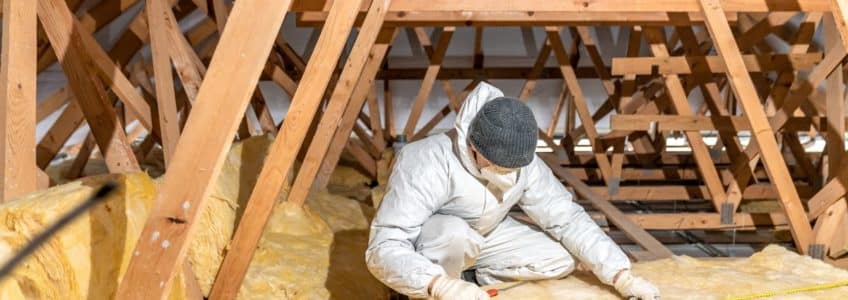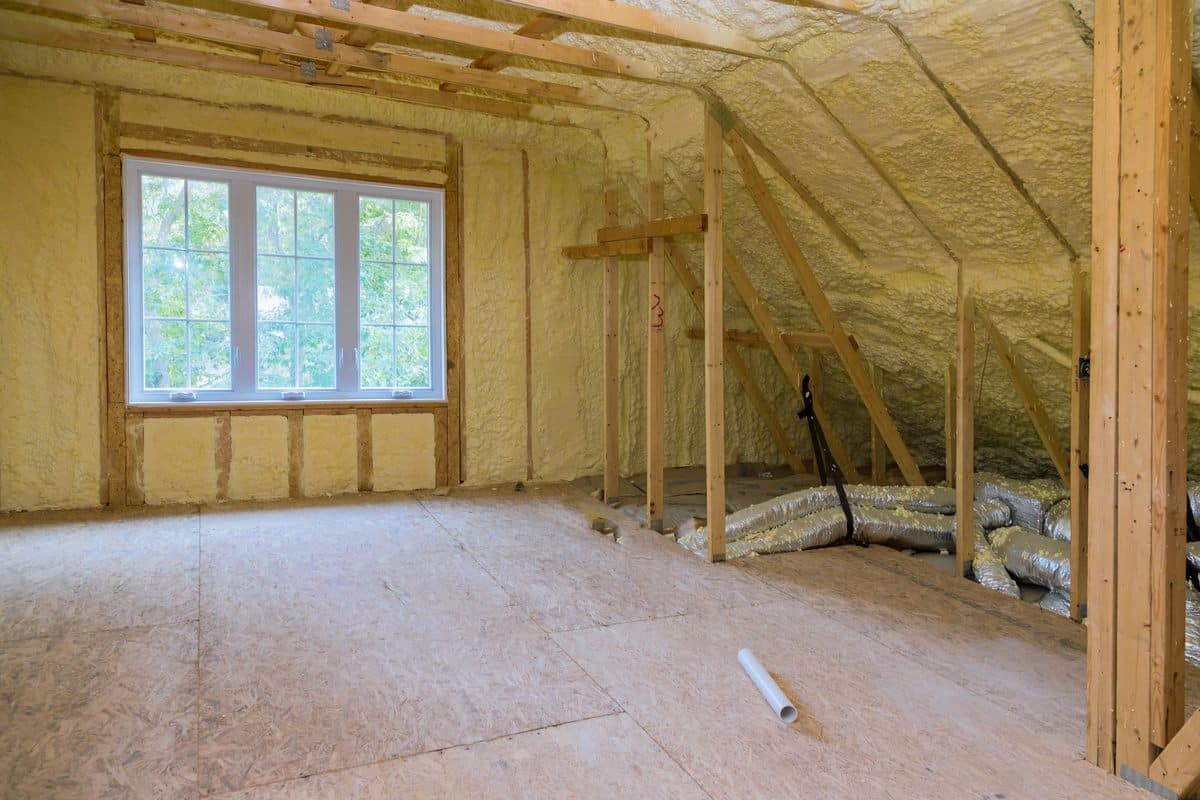
When summer temperatures soar, your attic becomes one of the hottest areas in your home, often reaching 130°F or more. That trapped heat doesn’t stay confined; it spreads into the rooms below, increasing indoor temperatures and putting extra pressure on your cooling system. One of the most effective ways to prevent this, ensuring your comfort and energy efficiency, is by understanding how attic insulation helps keep your home cool.
This simple upgrade can significantly improve comfort and energy savings during the year’s hottest months.
Why Your Attic Gets So Hot
Your roof takes the brunt of the sun’s heat all day long. Without proper insulation, that heat radiates into the attic and seeps into the rest of your home. Since heat rises, upper floors often feel warmer than ground-level rooms. Air conditioning may help, but it has to work harder and run longer to keep up.
The Heat Transfer Process
Warm air moves toward cooler areas. In summer, the hot air in your attic constantly pushes down into your living space. Without insulation to slow it down, your home heats up fast, no matter how efficient your cooling system is.
How Attic Insulation Helps Keep Your Home Cool in Summer
Attic insulation slows the movement of heat from the roof into your home. It creates a barrier that keeps hot air where it belongs—out of your living space.
Common Insulation Types
There are several types of attic insulation used in homes:
- Fiberglass batts: Pre-cut panels placed between attic joists.
- Blown-in insulation: Loose-fill cellulose or fiberglass spread across the attic floor.
- Spray foam: Expands to fill gaps and offers excellent air sealing.
Each material helps reduce heat gain, but the choice depends on your attic design and local climate.
Insulation R-Value
R-value measures how well insulation resists heat. The higher the R-value, the better it performs. A higher R-value is recommended in hot climates to protect against extreme attic temperatures and reduce heat entering your home.
Energy Efficiency and Comfort
With the proper insulation, you’ll notice more than just cooler rooms and lower energy bills—you’ll also see the long-term benefits of proper attic insulation for roof longevity.
Reduce Cooling Costs
Attic insulation helps keep your home cool in summer by reducing the heat your air conditioner has to fight against. This lowers energy use and can cut your cooling bills significantly.
Protect Your HVAC System
When your air conditioner runs less often, it lasts longer. Insulation eases the workload on your HVAC system, reducing wear and minimizing the chance of breakdowns.
Is Your Attic Properly Insulated?
Many homes—especially older ones—don’t have enough attic insulation. Signs you may need more include:
- Hot second floors, even with AC running
- High energy bills in summer
- Inconsistent indoor temperatures
- HVAC running constantly
If any of these typical attic insulation problems are familiar, it may be time to upgrade your attic insulation.
A Smart Investment for Long-Term Comfort
Insulating your attic doesn’t just improve summer comfort—it benefits your home year-round. Better insulation also contributes to improved indoor air quality by sealing out pollutants and helps reduce moisture buildup.
Environmentally Friendly Solution
Attic insulation reduces your carbon footprint by lowering energy use. It’s an easy, cost-effective step toward a more efficient and eco-conscious home.
Ready to Keep Your Home Cooler?

The way attic insulation helps keep your home cool in summer is clear: it reduces heat gain, eases the load on your HVAC system, and saves you money on energy. If high cooling bills or hot upper rooms are a persistent problem, it may be time to invest in reliable attic insulation services.
Contact Advantage Construction today to learn how we can help you upgrade your attic insulation and improve your home’s comfort.
